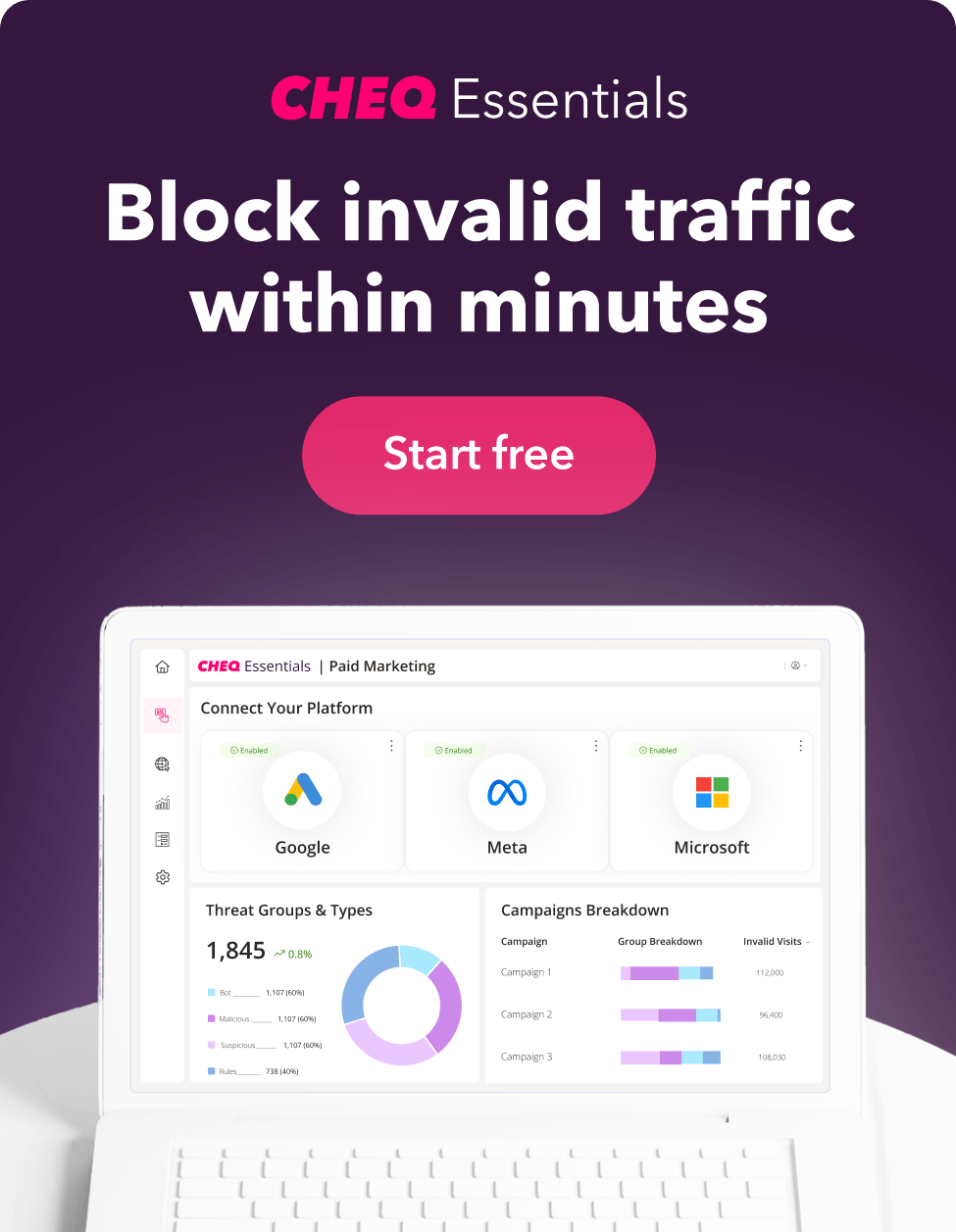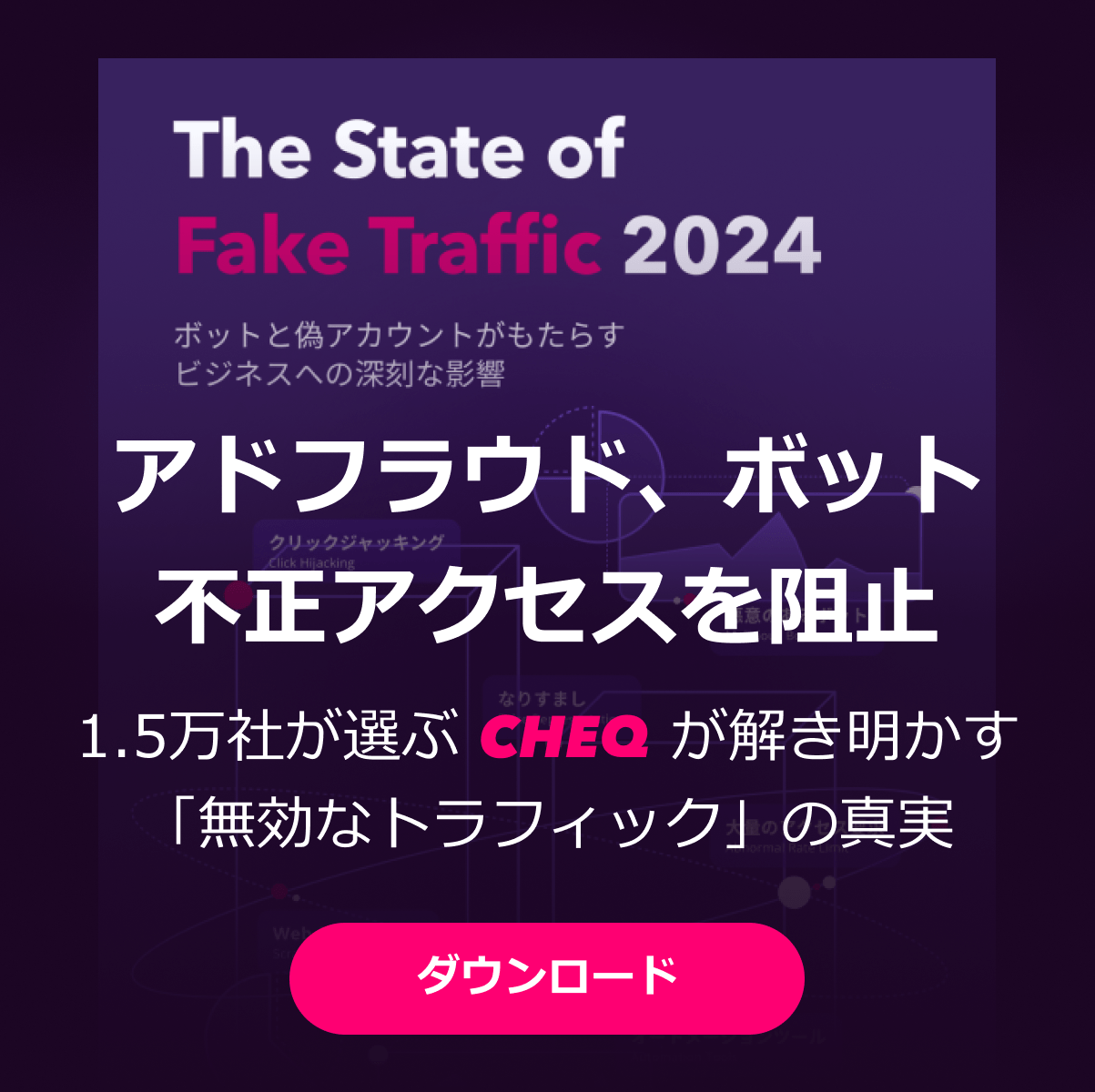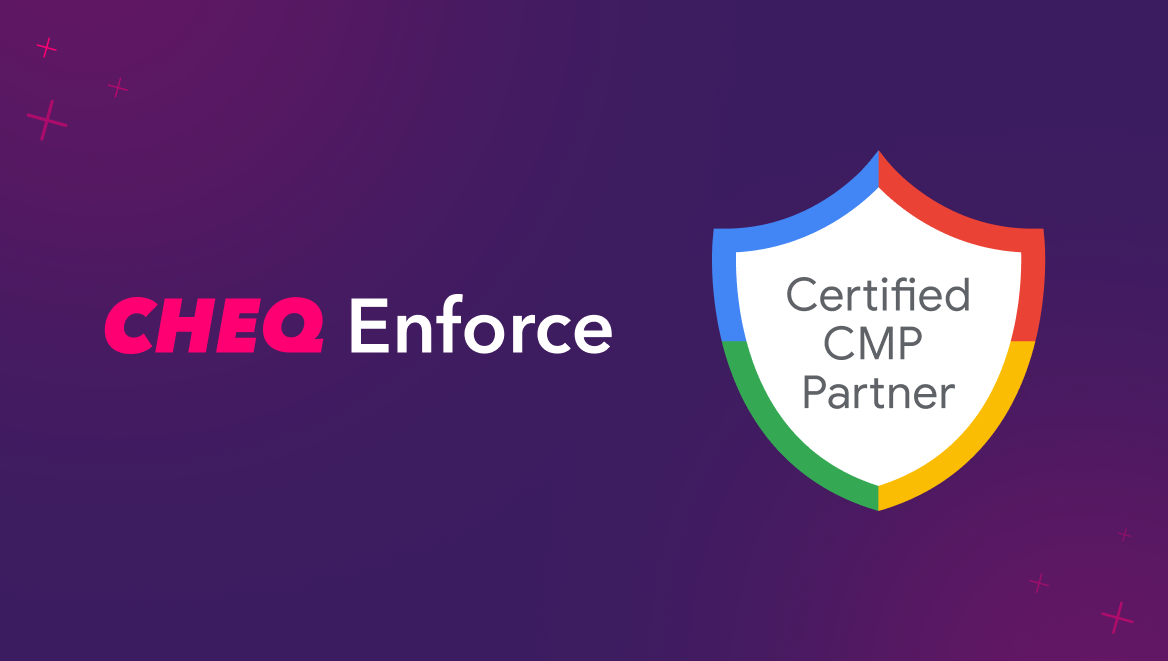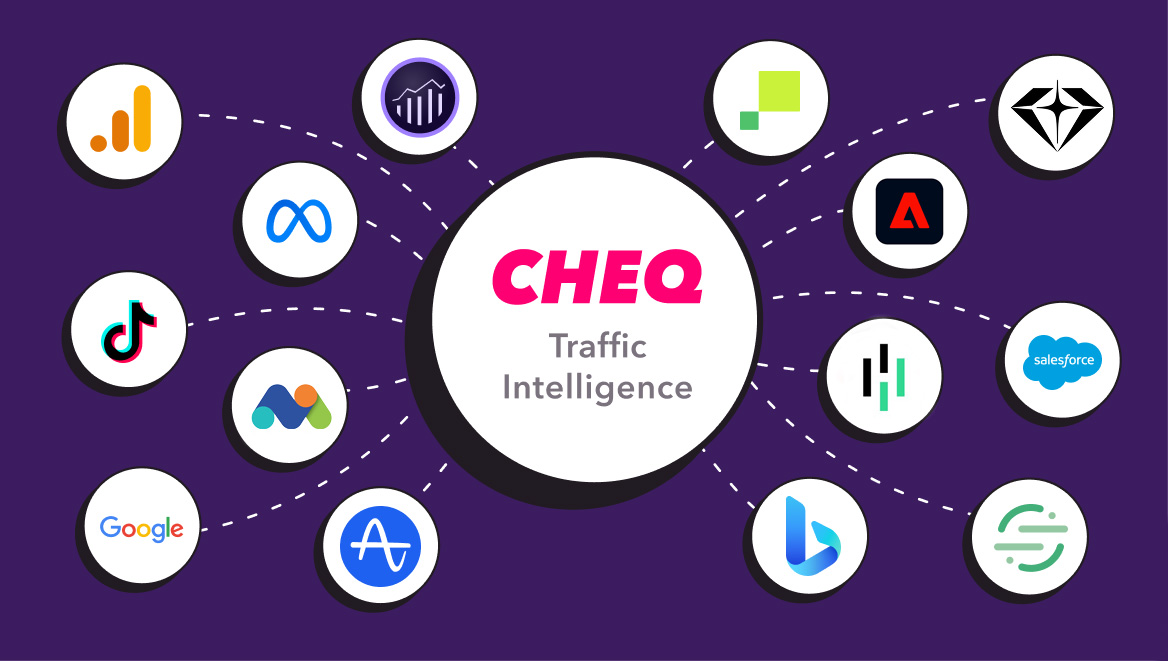How to Protect Your Ads from Bots on Facebook
Sanja Trajcheva
|Marketing | April 07, 2023
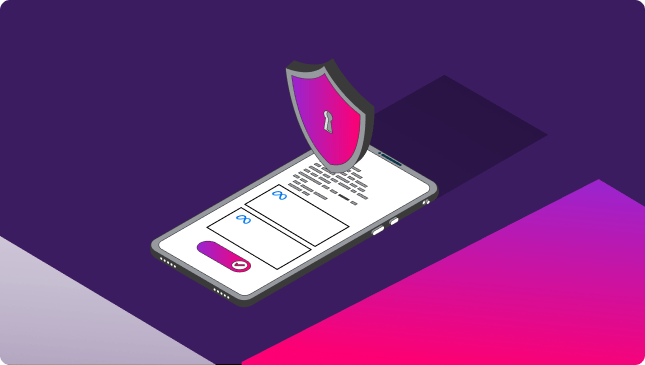
Bots on Facebook and Instagram? Old news, right?
Pretty much everyone these days knows that a sizeable chunk of many social media accounts are automated.
An estimated 95 million Instagram accounts and 270 million Facebook accounts are thought to be either bots or fake profiles. And despite the impact of fake news, disinformation, and troll accounts, we’re learning to live with it and basically ignore the issue.
But, for digital marketers, bots on Facebook have other negative impacts. And with the sums of money involved, they’re kinda hard to ignore.
Before we dig into the resulting problem, let’s look at the types of Facebook bots and audiences and what they’re doing.
Types of audiences & bots on Facebook
The term bad audiences refers to any form of social media account that has a minimal to zero chance of converting. This might be because they’re designed for a purpose other than genuine interaction, or they’re not actually human.
Bot accounts
It’s actually quite easy for even a novice programmer to create a Facebook or Instagram bot. They can then use these bots for a number of processes, from spreading disinformation to inflating engagement on specific accounts.
There’s a well-publicized account of a vending machine in Moscow selling Instagram followers and clicks for just a few dollars. And while researching click farms, I myself spoke to two people who showed me their Instagram bots in action.
Duplicate accounts
Duplicate accounts don’t necessarily mean bots, and there are a number of reasons why people would use a duplicate account on Facebook, for reasons as diverse as managing their business, trolling people, or stalking their ex.
Although these are not necessarily fraudulent accounts, they are most likely used for a specific purpose and so have less chance of converting.
Zombie or compromised accounts
When people either stop using their profiles or die, their accounts are known as zombie profiles. Although there are processes to remove these accounts from social media, many of them are still floating around out there.
These accounts can also be compromised or hacked by bots or hackers.
Cyborg accounts
On Facebook itself, there is the ongoing problem of fake accounts created to spread or amplify disinformation.
These accounts are often run from some form of click farm, with the Russian troll factories perhaps the most infamous example. Fake accounts like these are usually operated as a combination of humans and bots, referred to as cyborg accounts.
Often these accounts will use bots to post or share content (usually from dubious sources), comment, or inflate the popularity of groups, businesses, and individuals. However, they also use humans to interact with the site, such as commenting on posts or responding to comments. This can often generate ad impressions.
Malware clicks
The Facebook Audience Network is a popular method of advertising on third-party apps. But the problem with these apps is that you can’t always be sure those clicks are genuine.
There have been a number of recent cases of malware within apps generating click traffic fraudulently. One of these, DrainerBot, was able to view video and banner ads even when the infected app wasn’t being used.
Malware often leverages the genuine activity of the human user by hijacking touches and clicks. Known as clickjacking or click injection, the developer can generate revenue by fraudulently amplifying or diverting the click to an ad, often without the user’s knowledge.

Data center traffic
There are a number of ways that your ad impressions can be generated by data centers. One of these is web scrapers or data harvesting. Many legitimate software programs such as Ahrefs and Google use these scrapers to collect data from the internet.
However, there are plenty of less sophisticated web scrapers that can inadvertently generate an impression on a Facebook ad.
Another form of data center traffic, and one that has been well publicized, is fraudulent botnets. Fraud campaigns such as 3ve and Methbot used data center traffic to route their bots and hide their true location or identity.
What’s in an ad impression?

Marketers running ads on Facebook know that impressions matter. We mean ad impressions, of course.
So, how many of your ad impressions are being wasted on bots and bad audiences?
Data from CHEQ.AI shows that around 4% of all ad clicks and impressions on Facebook are from bots or non-genuine accounts.
Facebook actually purged 2.2 billion fake accounts from January to March 2019. An amount that had doubled since the end of the previous year.
You’ll find these duplicate or fake accounts on both Facebook and Instagram.
How Facebook bots affect your marketing
However much you’re spending on Facebook Ads, there is a high chance you see some bad audience traffic.
Each ad impression costs you money, which is obviously the main way that you’ll see an adverse effect. But what about the other ways bots and bad audiences affect your ads?
Skewed analytics
Bot traffic and bad audiences that aren’t excluded from your analytics also leave an impression on your data. Many businesses focus solely on the KPIs, the traffic, and the engagement. If your traffic seems a success, why not pump more money into the platform that generated it?
Being aware of the bot traffic on Facebook Ads can help you better understand your ad performance overall. It can also help you to exclude these bad audiences and maximize your ad targeting.
Bad retargeting
It’s one thing if your ads target bad audiences once. But what about if you retarget your ads to these automated accounts and bad audiences? In effect, you’re spending twice (or more) on ad impressions and potential clicks.
Fake leads
Increasingly, bots are able to interact with links in a more human manner. This includes completing forms or generating downloads, which, as well as skewing your analytics, can also result in fake leads.
These fake leads lead to additional wastage from retargeting, marketing, and even direct sales inquiries.
Cart abandonment
Shopping-based sites also see high rates of cart abandonment from bot traffic. This results in knock-on effects such as inventory distortion, skewed distortion rates, and a reduced ROI from your ads.
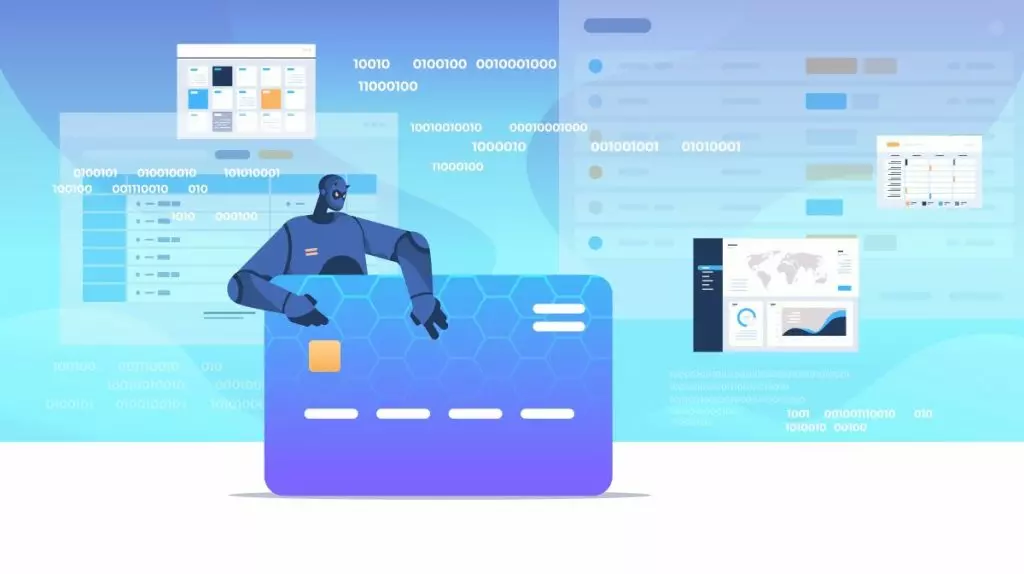
Carding
Another issue for shopping-based sites, carding, is where a bot will try to use multiple fraudulent or stolen card details to generate a sale. It’s a method that criminals use to verify which stolen bank cards work.
Carding is another practice that distorts your metrics and ROI, results in fraudulent purchases and disputed transactions, and can also result in criminal charges for the seller.
Blocking Facebook bots bad audiences
Increasingly, digital marketers are becoming more aware of the impact of bots on their ads. The need to filter and manage invalid traffic has become part and parcel of online ads, especially on Google Ads.
Facebook Ads, as we’ve seen, aren’t immune to the problem of ad fraud.
Taking back control of your marketing spend means using fraud prevention software. As well as blocking bots proactively, you’ll also gain insight into how your ads are interacted with, the factors that trigger the fraudulent clicks, and more insights such as locations.
As the industry-leading click fraud prevention software, CHEQ Essentials is the choice of professional marketers and global brands. With an ever-growing blocklist of bots and fraud sources and the best fraud filters on the market, CHEQ Essentials makes blocking invalid traffic easy.
Don’t let bots on Facebook negatively affect your ads. Try CHEQ Essentials for free today.

